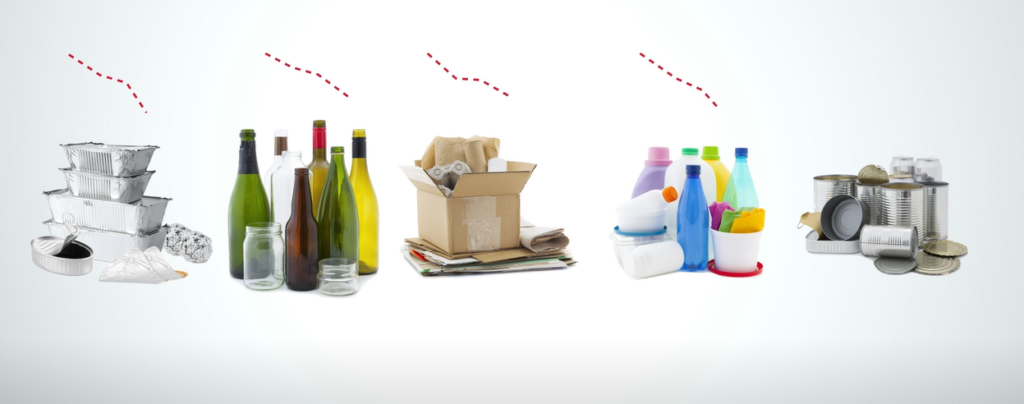In 2018, the European Commission issued new recycling targets for all packaging materials, applicable for 2025 and 2030 (targets which are again under review under the new proposal for a Packaging and Packaging Waste Regulation published on 30.11.2022).
At the same time in 2018, a new calculation methodology was proposed to ensure that only tonnages accepted at the entrance of recycling operations would be used to calculate the recycled tonnages (rather than collected or sorted tonnages).
This new methodology was adopted to apply to data from 2020 onwards. Therefore, the 2023 recycling rates, which report data from 2020 at the latest, are expected to look slightly different for all materials, including for steel.
Even when collected separately, some collected packaging cannot be recycled for a range of reasons: it can have too many food residues or other contaminants, it can be too wet, or in the case of multi-layer cartons, the different materials cannot be separated.
 Since only what enters the recycling operation can be counted towards this year’s recycling rates, there is likely to be a real impact for some materials.
Since only what enters the recycling operation can be counted towards this year’s recycling rates, there is likely to be a real impact for some materials.
However, as unique magnetic properties make steel packaging easy and economical to collect, sort and recycle, we are confident that steel will continue to lead recycling rates for packaging across Europe.
Watch our short explainer
